Refine listing
Actions for selected content:
2250 results in Cambridge Elements
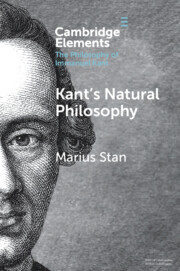
Kant’s Natural Philosophy
-
- Published online:
- 04 August 2025
- Print publication:
- 21 August 2025
-
- Element
- Export citation

God and Technology
-
- Published online:
- 04 August 2025
- Print publication:
- 21 August 2025
-
- Element
- Export citation
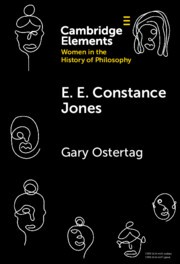
E. E. Constance Jones
-
- Published online:
- 01 August 2025
- Print publication:
- 04 September 2025
-
- Element
- Export citation
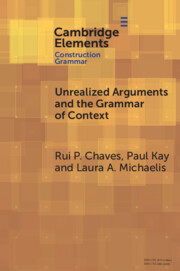
Unrealized Arguments and the Grammar of Context
-
- Published online:
- 31 July 2025
- Print publication:
- 04 September 2025
-
- Element
- Export citation

Deception and Self-Deception
- A Unified Account
-
- Published online:
- 31 July 2025
- Print publication:
- 04 September 2025
-
- Element
- Export citation
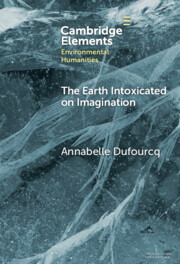
The Earth Intoxicated on Imagination
-
- Published online:
- 31 July 2025
- Print publication:
- 28 August 2025
-
- Element
- Export citation

Testimony and Historical Knowledge
- Authority, Evidence and Ethics in Historiography
-
- Published online:
- 29 July 2025
- Print publication:
- 21 August 2025
-
- Element
-
- You have access
- Open access
- HTML
- Export citation

Kant on Social Suffering
-
- Published online:
- 28 July 2025
- Print publication:
- 21 August 2025
-
- Element
- Export citation
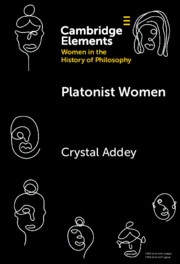
Platonist Women
-
- Published online:
- 28 July 2025
- Print publication:
- 21 August 2025
-
- Element
- Export citation

Writing the Detectives
- Character and the Series Form
-
- Published online:
- 28 July 2025
- Print publication:
- 21 August 2025
-
- Element
- Export citation

Performing Female Intimacy in Japan's Takarazuka Revue
-
- Published online:
- 26 July 2025
- Print publication:
- 28 August 2025
-
- Element
- Export citation

Inclusive Publishing and the Quest for Reading Equity
-
- Published online:
- 25 July 2025
- Print publication:
- 21 August 2025
-
- Element
- Export citation
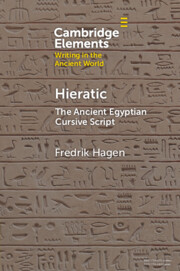
Hieratic
- An Ancient Egyptian Cursive Script
-
- Published online:
- 25 July 2025
- Print publication:
- 14 August 2025
-
- Element
- Export citation

The Philosophy of Linguistics
-
- Published online:
- 23 July 2025
- Print publication:
- 21 August 2025
-
- Element
- Export citation
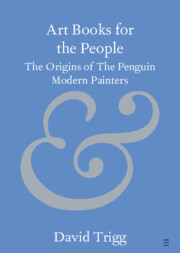
Art Books for the People
- The Origins of The Penguin Modern Painters
-
- Published online:
- 22 July 2025
- Print publication:
- 21 August 2025
-
- Element
- Export citation

Reading Creation Myths Economically in Ancient Mesopotamia and Israel
-
- Published online:
- 22 July 2025
- Print publication:
- 04 September 2025
-
- Element
- Export citation
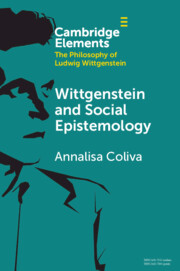
Wittgenstein and Social Epistemology
-
- Published online:
- 21 July 2025
- Print publication:
- 14 August 2025
-
- Element
- Export citation
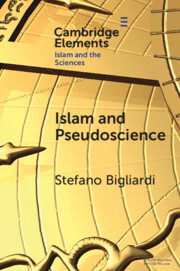
Islam and Pseudoscience
-
- Published online:
- 20 July 2025
- Print publication:
- 14 August 2025
-
- Element
- Export citation

Zoroastrianism and Contemporary Philosophy
-
- Published online:
- 17 July 2025
- Print publication:
- 07 August 2025
-
- Element
-
- You have access
- Open access
- HTML
- Export citation

Magic and Heresy in Ancient Christian Literature
-
- Published online:
- 16 July 2025
- Print publication:
- 07 August 2025
-
- Element
- Export citation
